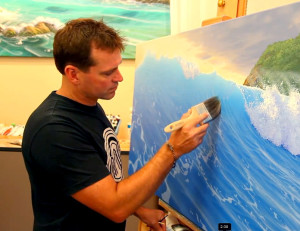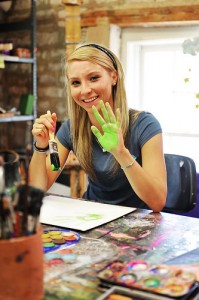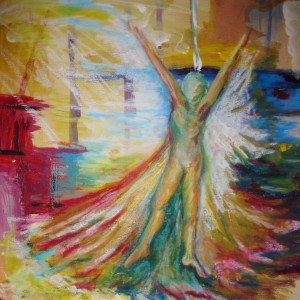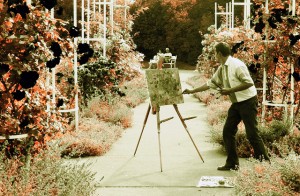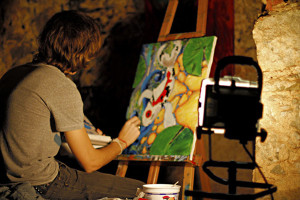 Art creation is good for people on many levels. It reflects our culture, documents our history, connects people everywhere and gives creative people an outlet for their angst. But one less known function of art is that it balances people’s mental health. Both creating and experiencing art have been found to increase a person’s mental health significantly. Creating art especially allows an artist to go through a self discovery process as they reflect themselves through their creative work. This benefit of art occurs for many reasons.
Art creation is good for people on many levels. It reflects our culture, documents our history, connects people everywhere and gives creative people an outlet for their angst. But one less known function of art is that it balances people’s mental health. Both creating and experiencing art have been found to increase a person’s mental health significantly. Creating art especially allows an artist to go through a self discovery process as they reflect themselves through their creative work. This benefit of art occurs for many reasons.
Firstly, art allows an artist to express themselves without difficult thinking. There is no right or wrong in art, only personal expression. Therefore, art is not mentally taxing for anyone. On the contrary, it is soothing. In most other disciplines, there are problems to solve and riddles to figure out. While some find this enjoyable, the benefit of expressing one’s self through an automatic task that allows the thoughts to wander freely cannot be overstated. Doing something functional but thinking freely at the same time makes use of both sides of the brain at once, enabling your neural network to be very connected.
The creative process makes use of parts of the brain that people fall out of touch with. This is very important to mental health because recalling the unadulterated thought patterns of your youth is part of the mental healing process. The more parts of your brain that are active, the better off you are. Brain scans have indicated extensive activity in the brain of someone creating art. As you get in touch with yourself through creative expression, you grow your own brain activity and make yourself more functional. This is a good reason for everyone to participate in art creation.
And lastly, art offers a person a judgment free zone. Sometimes this has to come with protection of a person’s creative space from those who will pass judgment on it, or for more seasoned artists, criticism may be embraced as part of the artistic process. Regardless, the art creation process itself is a totally safe zone and is very nurturing for a person who needs to express themselves.
